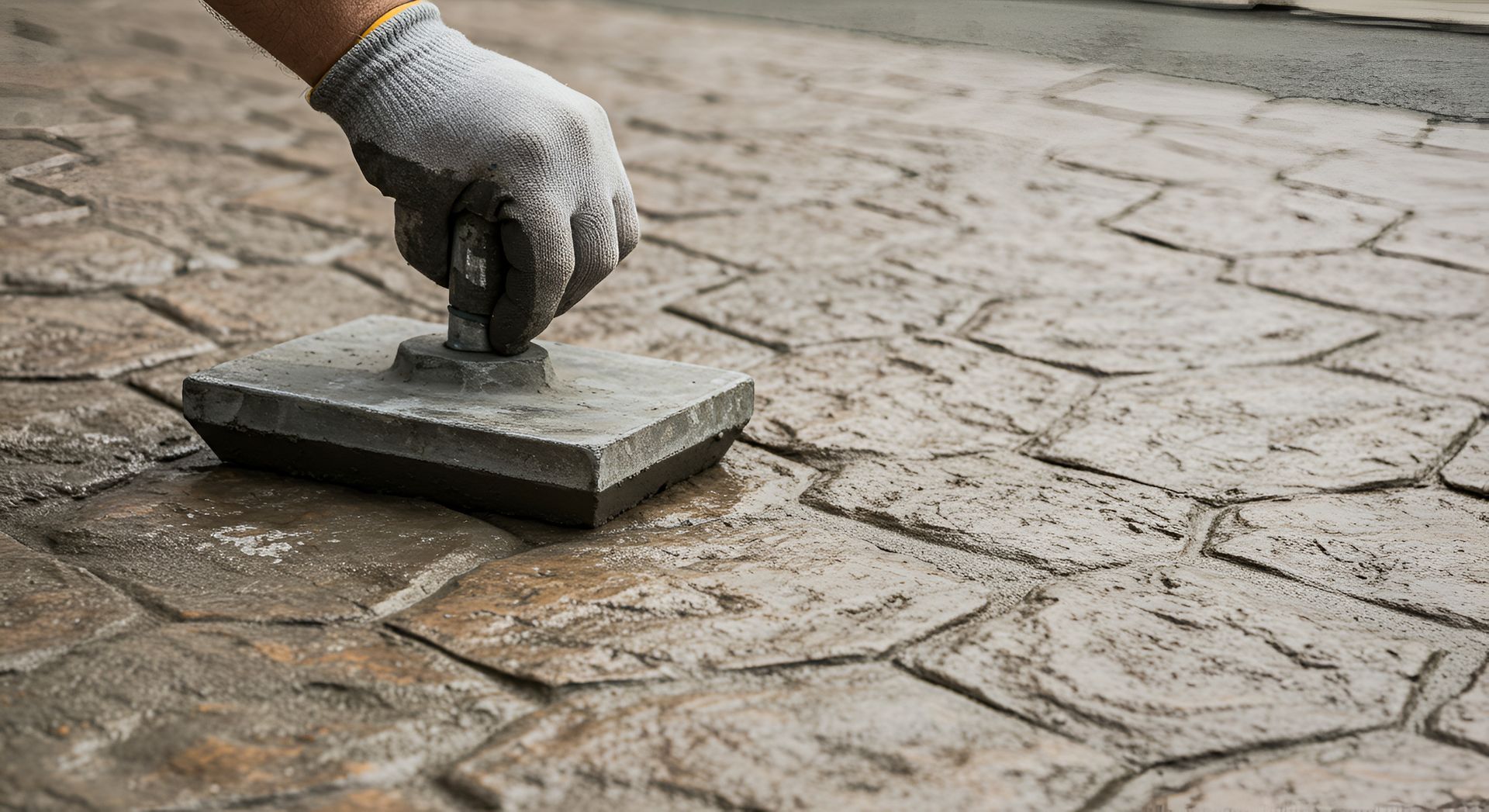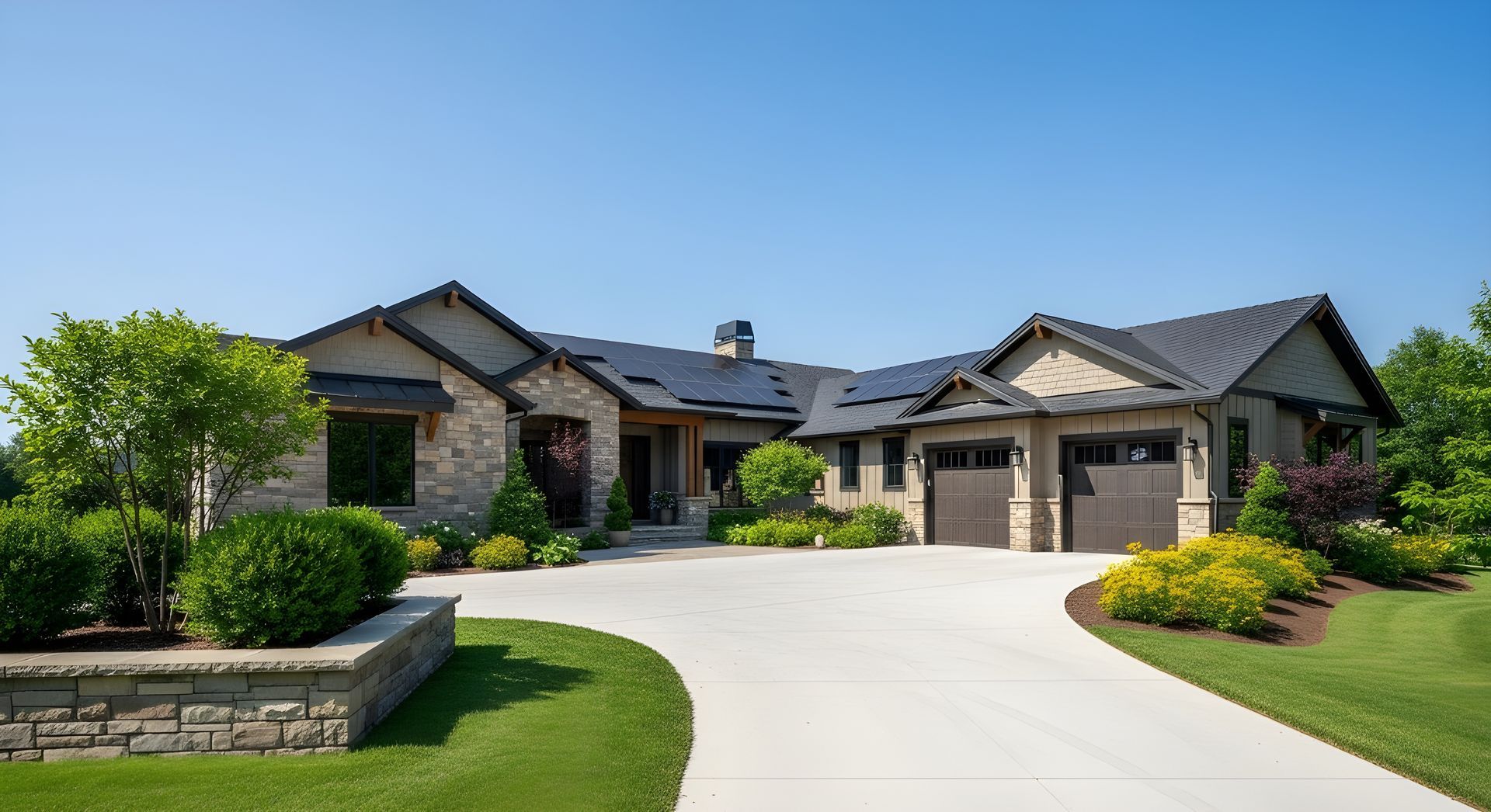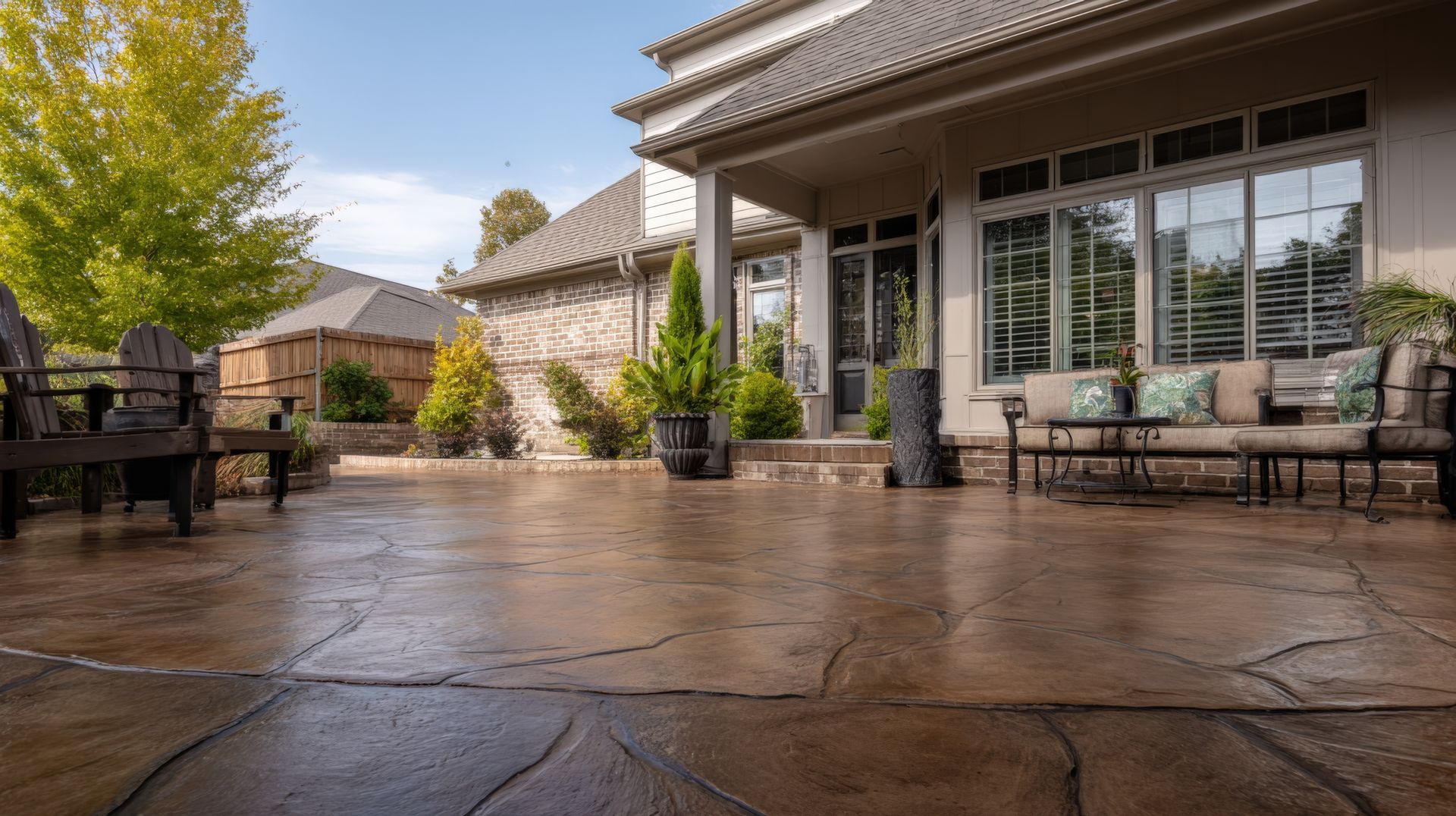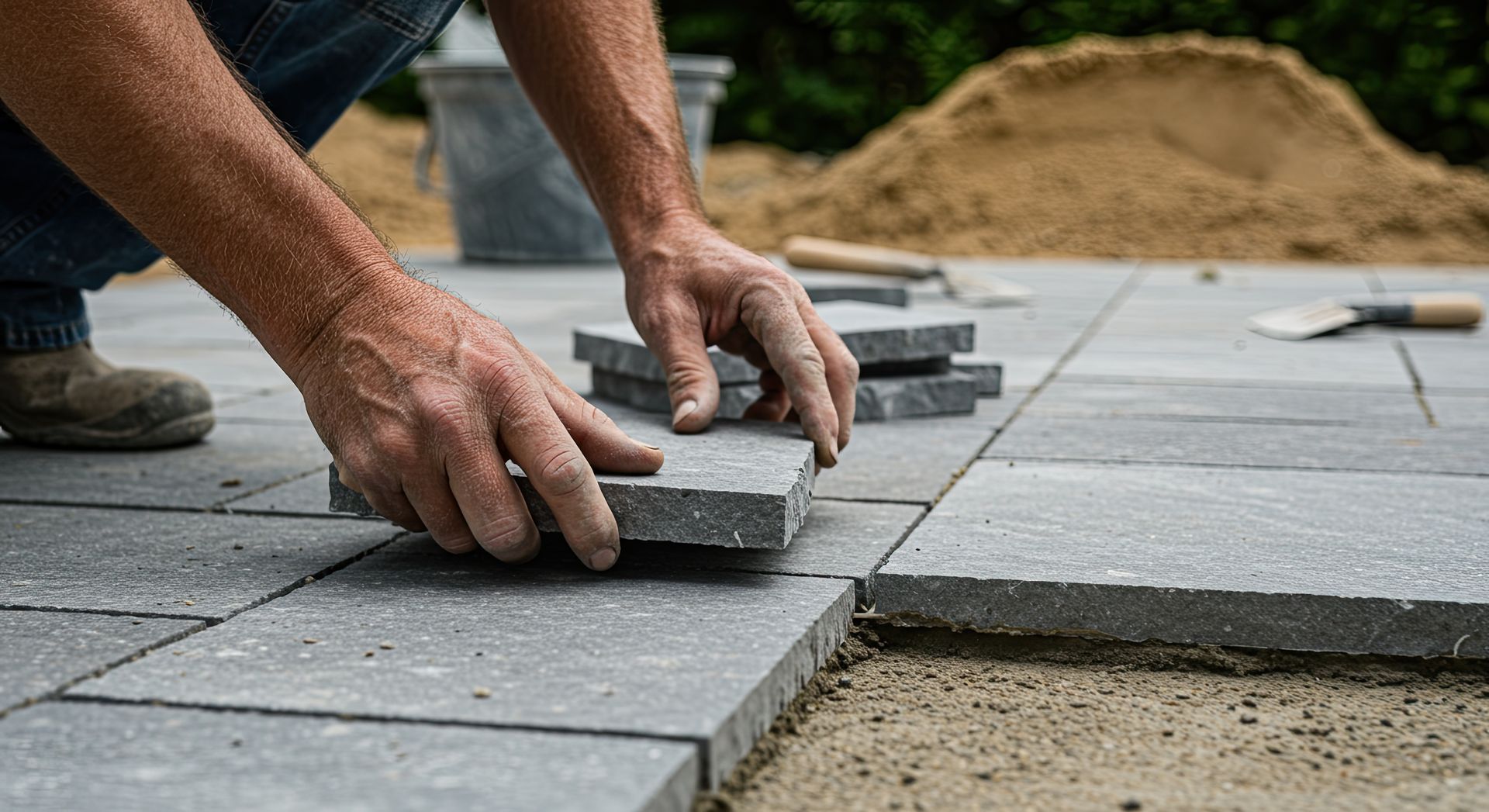
Winter weather can be tough on concrete, as freezing temperatures and moisture cause small cracks to expand into larger issues. By identifying and repairing cracks before winter, homeowners can protect their surfaces from costly damage and keep them looking pristine. Below is a practical guide to spotting and repairing cracks in concrete, ensuring outdoor areas are ready for the colder months.
Why Address Concrete Cracks Before Winter?
The freeze-thaw cycle during winter is one of the primary threats to concrete. When water settles into cracks and freezes, it expands, pushing the crack wider. Over time, this repeated cycle can cause cracks to deepen and spread, leading to scaling, chipping, or even larger structural issues. By addressing cracks before winter, homeowners can avoid these problems and extend the life of their concrete surfaces.
Identifying Concrete Cracks
Perform a Visual Inspection
- Scan Key Areas: Focus on driveways, patios, and walkways, as they’re most exposed to weather and wear.
- Check Corners and Edges: These areas tend to experience the most stress and are common places for cracks to start.
- Look for Hairline Cracks: Small surface cracks are easy to repair but should be addressed early to prevent growth.
Measure Crack Size
- Small Cracks (Less than 1/8 inch): Typically surface-level and manageable with standard concrete fillers.
- Larger Cracks (1/8 inch or wider): May require more specialized repair compounds and techniques.
Repairing Concrete Cracks: Step-by-Step Guide
Clean the Cracks
Proper cleaning ensures a solid bond for repair materials.
- Brush Away Debris: Use a wire brush to clear away loose particles.
- Rinse with Water: Flush out dust and residue, but allow the area to dry fully before proceeding.
Apply Filler for Small Cracks
Use a Concrete Crack Filler: Dispense filler with a caulking gun, targeting each crack precisely.
Smooth and Level: Use a trowel or putty knife to level the filler, ensuring a flat, consistent surface.
Cure Time: Let the filler cure completely according to product instructions.
Patch Larger Cracks
- Prepare a Concrete Patch Compound: Mix according to the instructions for a thick consistency.
- Press into the Crack: Use a trowel to fill the crack thoroughly, leveling it to the surrounding surface.
- Optional Sealant: For added winter protection, apply a weather-resistant sealant over the repaired area.
Additional Tips to Winterize Your Concrete
- Apply a Sealant: Sealants protect the concrete from moisture penetration, reducing freeze-thaw cycle damage.
- Check Drainage: Redirect water away from concrete surfaces by adjusting gutters and downspouts.
- Limit De-icing Products: Use chloride-free de-icers sparingly to avoid additional stress on the concrete.
Repairing concrete cracks before winter helps prevent damage, maintain durability, and enhance the appearance of outdoor surfaces. With just a few proactive steps, homeowners can keep their concrete in top shape and ready to withstand Denver’s winter weather.
Prepare your concrete for winter with
Creteworx.
Contact us today for professional crack repair and winterization services to keep your surfaces protected year-round.










